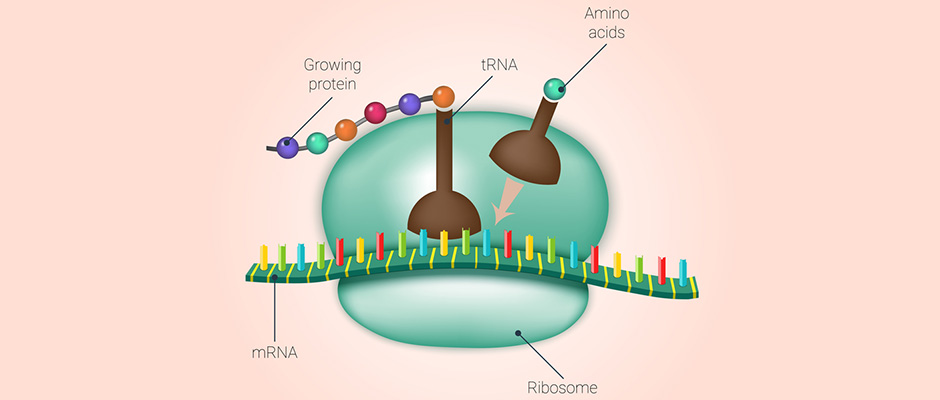Enhanced UGT1A1 Gene and Protein Expression in Endometriotic Lesions.
Apr 2, 2018
The expression of UGT1A1 in deep-infiltrating endometriotic lesions.
Key Points
Highlight:
- Deep-infiltrating endometriotic lesions highly express UGT1A1 protein.
Aim:
- To understand the role of estrogen-metabolizing enzymes in endometriosis, Dr. Ferriani group analyzed the endometrial expression of UGT1A1 in endometriosis-affected and non-affected women.
Key points:
- Lately, many studies have shown that the balance of synthesis versus inactivation of estrogens by intralesional steroid-metabolizing enzymes determines the local net estrogen availability.
- Uridine diphospho-glucuronosyltransferase (UGT) is a phase II metabolic enzyme that catalyzes the conjugation with several endogenous compounds such as steroid hormones.
- To understand the role of estrogen-metabolizing enzymes in endometriosis, Dr. Ferriani group investigated UGT1A1, a key uridine diphospho-glucuronosyltransferase (UGT) for estrogen glucuronidation.
- They compared the gene and protein expression of UGT1A1 between the endometriosis-affected and non-affected groups.
Results:
- The expression of UGT1A1 messenger RNA (mRNA) was detected at similar frequencies in endometriotic lesions and in eutopic endometrial samples.
- The levels of mRNA expression were greater in deep-infiltrating endometriotic lesions and in non-deep-infiltrating lesions when compared with either control endometrium or eutopic endometrium from women with endometriosis.
- No differences in UGT1A1 mRNA or protein expression was detected between follicular and secretory phases (P > 0.05).
Limitations:
- Further studies are required to ascertain the functional roles of UGT1A1 and other UGTs as regulators of estrogen levels in normal endometrial tissue and in the pathological conditions of endometriosis.
- More importantly, additional research and validation regarding targeting UGT1A1 as a new target for therapeutic interventions are highly required.
Lay Summary
The estrogen plays an essential role in endometriosis. Lately, it is becoming evident that, besides the circulating levels of estrogens, the balance of synthesis versus inactivation (metabolism) of estrogens by intralesional steroid-metabolizing enzymes also determines the local net estrogen availability.
To extend the knowledge of the role of estrogen-metabolizing enzymes in endometriosis, the group of Dr. Ferriani from the University of Sao Paulo in Brazil, investigated UGT1A1, a key uridine diphospho-glucuronosyltransferase (UGT) for estrogen glucuronidation. They compared the UGT1A1 gene and protein expression between non-affected and endometriosis-affected women.
Although UGT1A1 messenger RNA (mRNA) expression was detected at similar frequencies in endometriotic lesions and eutopic endometrial samples, the levels of mRNA expression were higher in deep-infiltrating endometriotic lesions and non-deep-infiltrating lesions when compared with either control endometrium or eutopic endometrium from women with endometriosis. Although samples were classified according to the two main phases of the menstrual cycle, no differences in UGT1A1 mRNA or protein expression was detected between follicular and secretory phases (P > .05).
Overall, this group observed that protein expression of UGT1A1 was significantly more frequent in samples from endometriotic lesions in comparison with endometria. Also, expression of the UGT1A1 protein was higher in deep-infiltrating than in non-deep-infiltrating endometriotic lesions.
Therefore, Dr. Ferrian suggests that the finding of increased expression of UGT1A1 in lesions versus endometria might be related to the impairment of regulatory mechanisms, in response to a highly estrogenic milieu. However, further studies are required to ascertain the functional roles of UGT1A1 and other UGTs as regulators of estrogen levels in normal endometrial tissue and the pathological conditions of endometriosis. More importantly, additional research and validation regarding targeting UGT1A1 as a new target for therapeutic interventions are highly required.
Research Source: https://www-ncbi-nlm-nih-gov.ezp.welch.jhmi.edu/pubmed/29540112
Steroid metabolism Estrogen metabolizing enzymes Glucuronidation Endometriosis Endometrium

